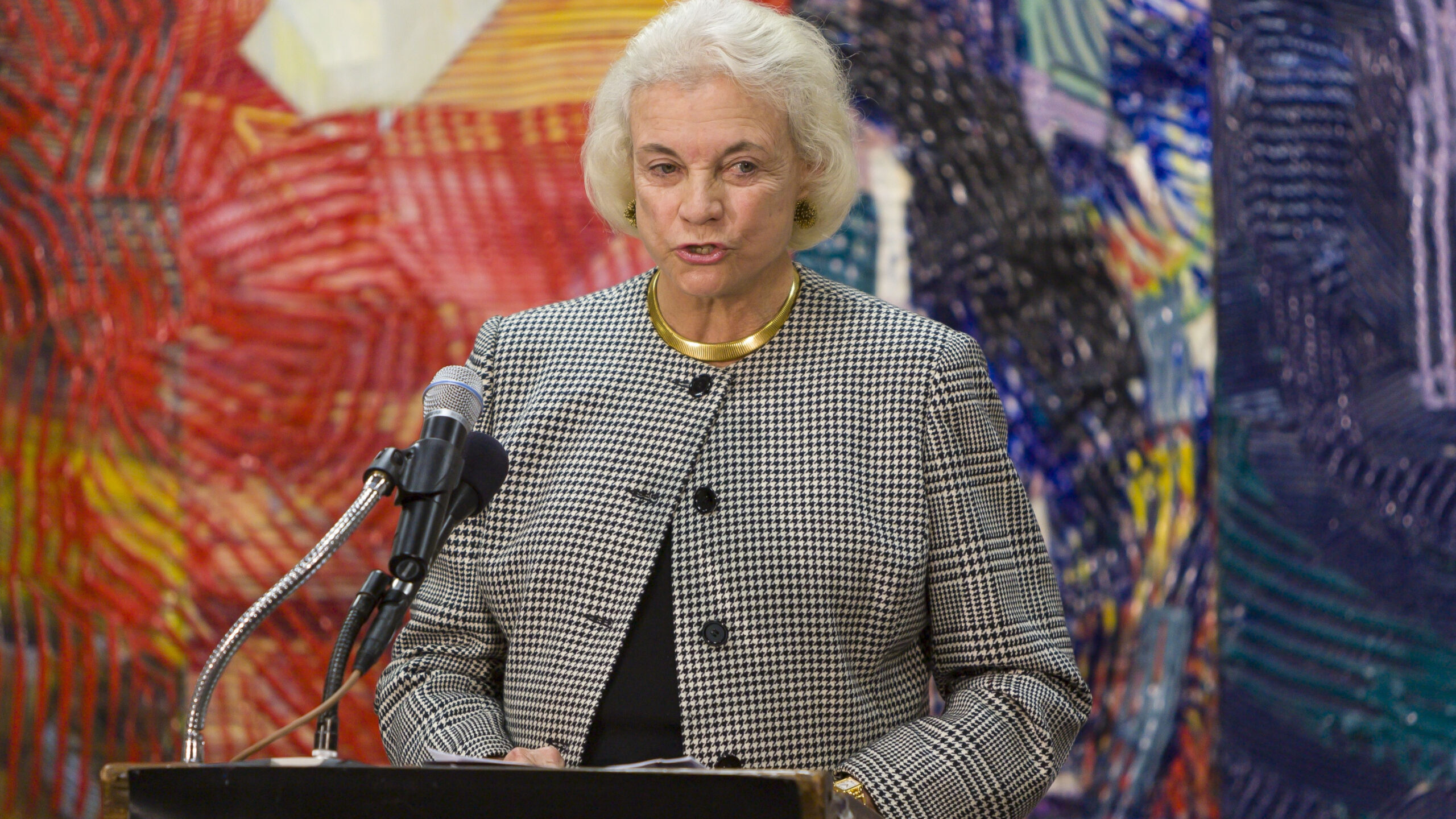Oil States, Public Franchises, and Copyright
The Supreme Court’s decision yesterday in Oil States Energy Services v. Greene’s Energy Group contained a clear articulation of the fundamental nature of intellectual property as a franchise granted by government rather than a natural right. This understanding of intellectual property likely will have more far-reaching policy implications than the Court’s specific holding concerning the constitutionality of inter partes review of patents.
The America Invents Act established a inter partes review (“IPR”) process, where a party could challenge the validity of a patent in an administrative proceeding before the Patent and Trademark Office (“PTO”). Oil States, whose patent was declared invalid by an IPR, argued that the process was unconstitutional—that its property right in the patent could only be stripped away by a court established under Article III of the Constitution, not by an administrative tribunal.
To assess the constitutionality of the IPR process, the Court, in an opinion written by Justice Thomas and joined by six other justices, first needed to determine the nature of the patent right. The Court recognized the distinction between public rights and private rights. Public rights are those that “arise between the Government and persons subject to its authority in connection with the performance of the constitutional functions of the executive or legislative departments.” The Court viewed IPR as concerning a public right, because it involved “reconsideration of the Government’s decision to grant a public franchise.”
The Court then recited the long history of its recognition of the grant of a patent as a matter involving public rights. The grant of a patent “is a matter between the public, who are the grantors, and the patentee.” Significantly, “by issuing patents, the PTO takes from the public rights of immense value, and bestows them upon the patentee.” The Court stressed that “patents are public franchises that the Government grants to the inventors of new and useful improvements.” The franchise gives the patent owner the right to exclude. This right “did not exist at common law. Rather, it is a creature of statue law.” Because “the determination to grant a patent is a matter involving public rights, … it need not be adjudicated in Article III courts.”
The Court observed that IPR “protects the public’s paramount interest in seeing that patent monopolies are kept within their legitimate scope.” The primary difference between the initial grant of a patent and IPR is that IPR occurs after the patent has issued. In the Court’s view, “that distinction does not make a difference here.” Patent claims are granted subject to the qualification that the PTO has the authority to reexamine and cancel them. The Court had previously “recognized that franchises can be qualified in this manner.” The Court referred to cases involving the amendment or cancellation of franchises for toll bridges, railroads, or telegraph lines.
Oil States cited Supreme Court precedents that treated patent rights as the private property of the patentee. The Court responded that “patents convey only a specific form of property right—a public franchise.” Thus, patent rights are entitled to the protection of any other property “consisting of a franchise.” (Emphasis in the original.) As a public franchise, “a patent can confer only the rights that the statute prescribes.” While the Patent Act provides at 35 U.S.C. § 261 that “patents shall have the attributes of personal property,” section 261 explicitly states that such property rights are “subject to the provisions of this title.”
The dissent, written by Justice Gorsuch and joined by Chief Justice Roberts, pointed to Supreme Court precedent that equated land patents with invention patents. The majority responded that that analogy “depended on the particulars of the Patent Act of 1870.” In contrast, modern patents “are meaningfully different from land patents.” While the land patent cases involved transactions where the government transferred all authority and control over the land, modern invention patents under the current Patent Act remain under the continuing review and cancellation authority of the PTO.
Although Oil States involved patent law, the same reasoning should apply to copyright law. Congress’s authority to enact copyright laws derives from the same clause in the Constitution as its authority to enact patent laws. And the courts frequently look to patent decisions to inform their analysis in copyright cases. Copyright should be viewed as a public franchise just as the Oil States Court treated patent law. The public is the grantor of copyright. Copyright takes from the public rights of great value, and bestows them on copyright owners. Accordingly, policymakers should protect the public’s paramount interest in seeing that copyright monopolies are kept within their legitimate scope.








